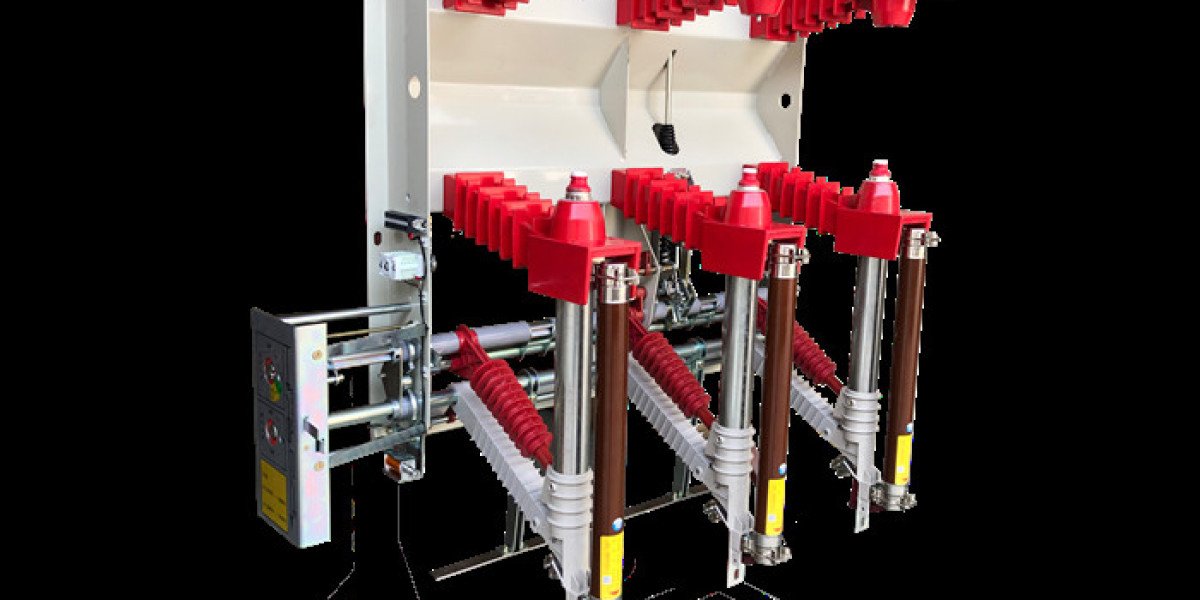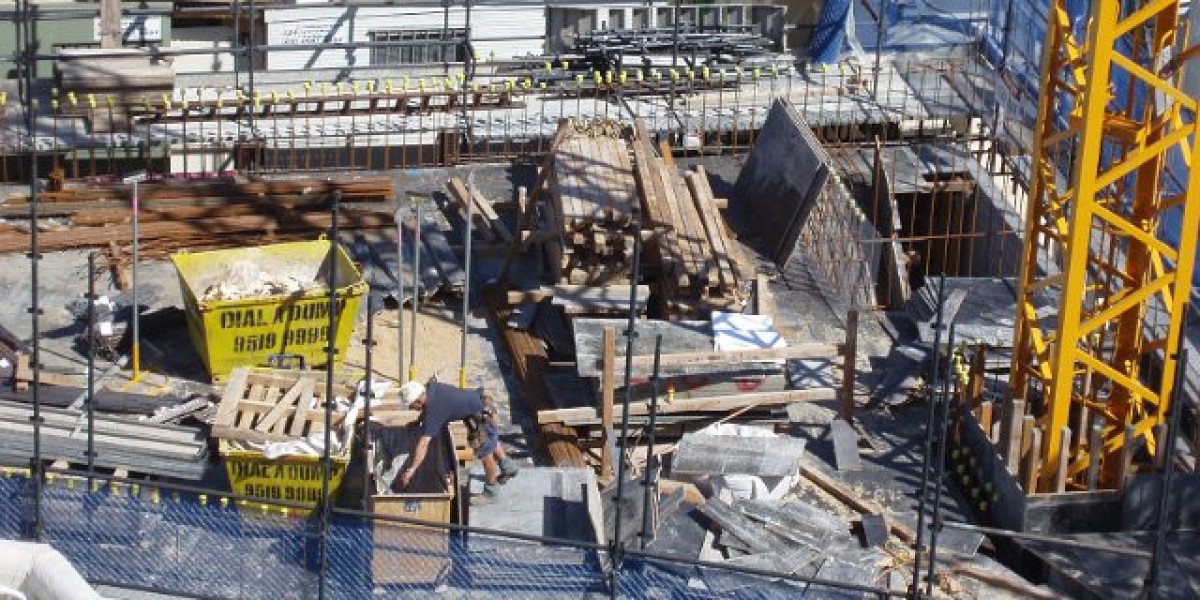In today’s hyperconnected world, location-based services (LBS) have become second nature. We rely on them to find cafes, navigate new cities, and track deliveries in real time. Yet, there’s one environment where GPS—the backbone of outdoor navigation—falters: the indoors. Enter Indoor LBS (Indoor Location-Based Services), a technological breakthrough that enables precise positioning and navigation inside buildings where satellite signals can’t reach. From shopping malls to hospitals and airports, this innovation is quietly redefining how humans interact with physical spaces.
Unlike traditional LBS, which depend on satellites orbiting the Earth, indoor systems must rely on alternative technologies to determine location. These include Wi-Fi signals, Bluetooth beacons, ultra-wideband (UWB), infrared sensors, and magnetic field mapping. Each method works by detecting signal strength, direction, or time of flight between devices, allowing systems to estimate positions with accuracy ranging from a few meters down to mere centimeters. The result is a high-resolution awareness of movement patterns within enclosed environments.
The most visible applications of Indoor LBS can be found in retail and commercial spaces. Large shopping centers use it to help customers navigate complex layouts, guiding them from one store to another via mobile apps. Retailers, in turn, benefit from anonymized traffic analytics that reveal how people move through the space, helping optimize store placement and marketing strategies. Personalized promotions—such as sale alerts triggered when a customer passes a specific section—are another clever use, marrying location awareness with real-time engagement.
Beyond commerce, healthcare and industrial sectors are also embracing Indoor LBS for safety and efficiency. In hospitals, the system can track medical equipment, ensure staff mobility during emergencies, or even guide visitors through labyrinthine corridors. In factories and warehouses, assets and autonomous vehicles can be monitored to prevent collisions and streamline workflows. The same principles apply to airports, museums, and universities, where accurate indoor navigation enhances user experience and operational management alike.
A particularly exciting frontier is the integration of Indoor LBS with artificial intelligence (AI) and the Internet of Things (IoT). When location data links with smart sensors, the environment itself becomes adaptive. Lights dim automatically as people leave a room, air conditioning adjusts based on occupancy, and maintenance teams receive notifications when specific zones require attention. This blend of spatial awareness and contextual automation is paving the way toward truly intelligent buildings.
Of course, challenges remain. Privacy, data ownership, and standardization are ongoing concerns. Gathering location data indoors can be sensitive, and ensuring transparency and user consent is essential. Furthermore, coordinating different technologies and standards across industries demands collaboration.
Source - https://www.marketresearchfuture.com/reports/indoor-lbs-market-23938
Still, the benefits are compelling. Indoor LBS not only enhances convenience but also transforms physical spaces into living, responsive systems. It turns the static walls around us into smart environments that understand and assist us. As technology continues to evolve, the invisible layers of data guiding us indoors will become as indispensable as GPS has outdoors—quietly mapping a world that was once hidden in plain sight.



